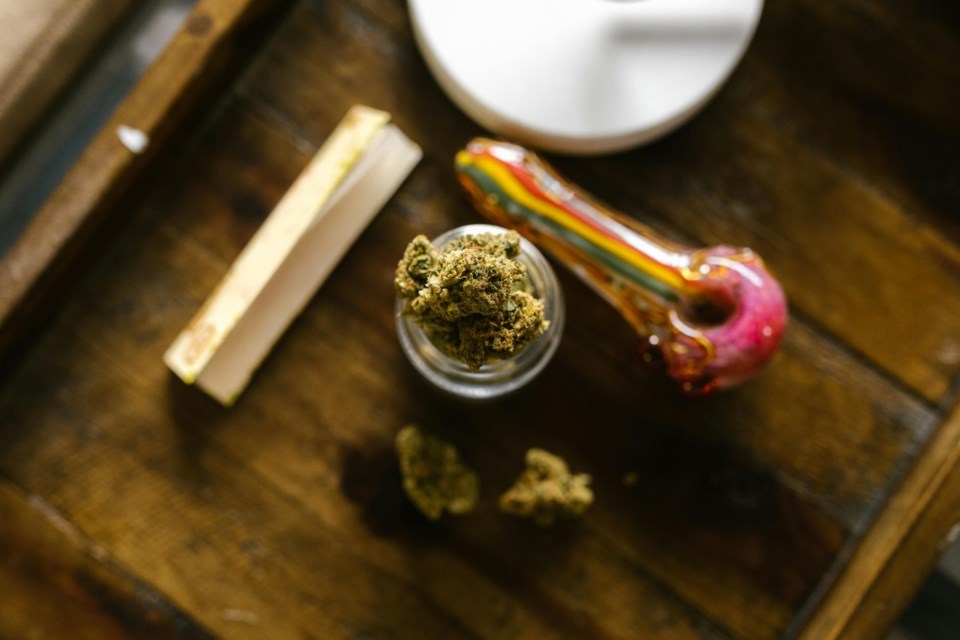When Canada use on Oct. 17, 2018, there were concerns about the potential impacts. Would it trigger greater cannabis use, boost economic growth or otherwise affect the country’s ?
Patients already using cannabis legally for medical purposes were especially concerned. They worried that recreational legalization might prompt physicians . Or that cannabis producers would abandon the small medical market to pursue the larger recreational one.
After recreational legalization, the medical cannabis system did see declines. Between June 2018 and December 2022, , while . Some people thought the medical cannabis system had failed or become obsolete.
As someone who studies the , I wondered about these issues, too. It wasn’t clear how patients, producers or health-care providers would react to recreational legalization. Legal medical use itself had only become accessible a few years earlier.
Accessing medical cannabis
Canada began allowing . But it remained difficult to get until regulations changed during 2014-15.
any physician to authorize patients to use cannabis. Those patients could then register to buy products online from licensed cannabis producers. Online orders could not exceed a 30-day supply.
(Instead of buying cannabis products, some patients grew their own plants instead. My research hasn’t examined that.)
Under this new procedure, the number of patients registering to buy cannabis soared. They grew from , nearly one per cent of Canada’s population.
However, registration levels differed greatly between provinces. In June 2018, registrations represented almost three per cent of Alberta’s population, versus only 0.1 per cent of Québec’s.
Interestingly, less than half of registrants bought medical cannabis in any given month. Perhaps they simply didn’t need the full dose. Or maybe they found it or ineffective.
June 2018 was also when the federal government passed its new cannabis legislation. The law took effect in October 2018, when recreational sales of dried cannabis and cannabis oils began. After initial were overcome, recreational cannabis as , the . Consumer choice expanded in December 2019 when edibles and vapes became available.
This is where came in. I analyzed government data on patients’ use of Canada’s medical cannabis system between 2017 and 2022. This included how many patients registered, how often they placed orders, and how much cannabis they bought.
Evolving system usage
I found that as soon as parliament passed the new cannabis law, medical registrations began slowing down, despite recreational legalization still being four months away.
But the response differed noticeably between provinces. For example, registrations kept growing steadily in Québec but plummeted rapidly in Alberta. Other provinces were in between.
My data doesn’t say why those changes occurred. Perhaps Alberta, , had many patients only mildly interested in using cannabis medically. Conversely, maybe Québec was still catching up with other provinces on medical use.
When recreational sales started in October 2018, patient registrations seemed unaffected. Their average purchase sizes didn’t change either. But they bought medical cannabis slightly less often.
This might have been due to retail convenience. At that time, medical producers and recreational stores were selling similar products: dried cannabis and cannabis oils. So, perhaps some patients started topping up their supplies occasionally at recreational stores but saw no reason to leave the online medical system completely.
When edibles and other processed products began selling in December 2019, registrations dropped further. But the patients who remained bought medical cannabis slightly more often and in increasingly larger quantities.
Product selections might explain this patient split. Perhaps producers with good edible products retained their customers and received larger orders from them. Conversely, maybe medical producers offering few edibles lost their patients to the recreational shops and their vast product assortments.
In summary, Canada’s medical cannabis system experienced big changes after recreational legalization. But it didn’t disappear.
Will other countries see similar outcomes if they allow recreational cannabis?
A changing world
In Europe, for example, is experimenting with recreational sales. Meanwhile, but not retail sales. Will those countries experience medical cannabis changes like Canada did?
Conversely, some countries barely tolerate even medical use. It is to legally obtain medical cannabis , for example, much like in Canada 20 years ago. And has only conducted a few .
Other countries, like and , are somewhere in between. They’re seeing rapid growth in legal medical use and , but haven’t legalized recreationally. That’s roughly where Canada was 10 years ago.
Will Canada’s medical and recreational cannabis experiences make these other countries more interested in legalization, or less? Either way, I hope they can learn from our experiences as they chart their own cannabis paths.![]()
, Associate Professor, Operations Research,
This article is republished from under a Creative Commons license. Read the .
The commentaries offered on 麻豆传媒AV.ca are intended to provide thought-provoking material for our readers. The opinions expressed are those of the authors. Contributors' articles or letters do not necessarily reflect the opinion of any 麻豆传媒AV.ca staff.




